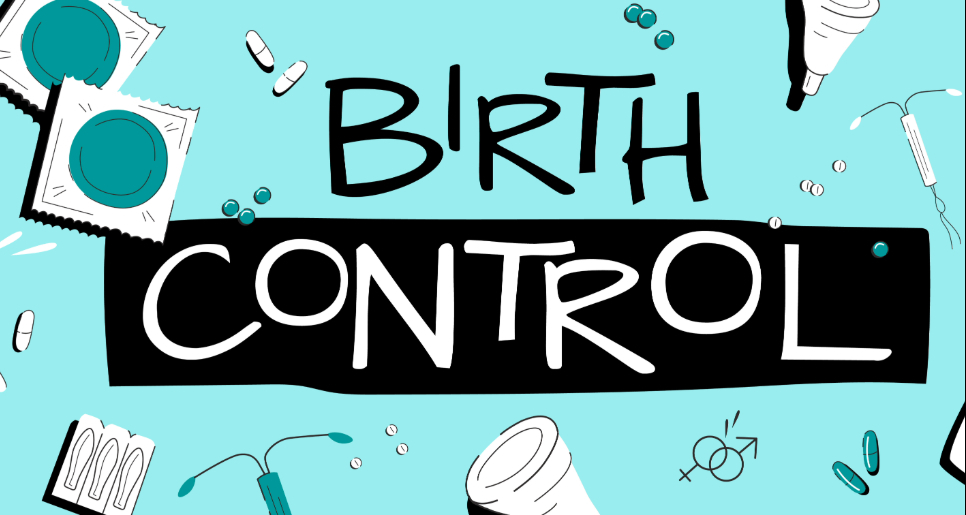Ever wondered how people managed birth control centuries ago? Or how we have come to have so many options today? It’s fascinating to look back at how different cultures and generations approached the idea of controlling fertility. From herbal concoctions used in ancient times to the cutting-edge methods available now, the journey of birth control is filled with stories of innovation and change. Let’s explore how these practices have evolved, shaping the choices we have today and paving the way for future possibilities.
Birth Control in Ancient Times
The quest to control fertility dates back to ancient civilizations, where rudimentary yet creative methods were employed to prevent pregnancies. Ancient texts reveal various birth control practices that relied on herbal concoctions and rudimentary barrier methods. For example, in Ancient Egypt, women used pessaries—small, soft objects inserted into the vagina made from ingredients like honey, acacia leaves, and lint, which were believed to create an unfavourable environment for sperm[1].
The 20th Century: A Turning Point in Birth Control
The 20th century marked a significant turning point in the evolution of birth control. With advances in science and medicine, more reliable and scientifically backed methods began to emerge. At the start of the century, condoms and diaphragms gained popularity as barrier methods. Made from materials like rubber and latex, these options offered more effective ways to prevent pregnancies compared to their ancient counterparts[2].
However, the most revolutionary development in birth control came in the 1960s with the introduction of the birth control pill. This tiny tablet significantly impacted women’s autonomy and reproductive rights, allowing them greater control over their bodies and futures. The pill’s convenience, effectiveness, and the fact that it was one of the first methods to be backed by rigorous scientific research made it immensely popular[3].
During this period, intrauterine devices (IUDs) also became more prominent. IUDs provided a longer-term solution for women who wanted a reliable contraceptive method without daily or frequent attention. These devices, inserted into the uterus, prevented pregnancy by creating a hostile environment for sperm or releasing hormones. The emergence of IUDs offered a new option for women, contributing to a more comprehensive range of contraceptive choices[7].
Modern Methods of Birth Control
Fast forward to the present day, and the landscape of birth control has expanded even further. Among the modern methods, IUDs have gained significant traction due to their effectiveness and low maintenance. Available in two types—copper and hormonal—IUDs are long-acting reversible contraceptives (LARCs) that can last from three to twelve years, depending on the type. Copper IUDs work by releasing copper ions that are toxic to sperm, while hormonal IUDs release small amounts of progestin to prevent ovulation and thicken cervical mucus. Both types are over 99% effective, making them one of the most reliable forms of birth control[4] .
Despite their benefits, some misconceptions about IUDs persist. Many people still believe they are only suitable for women who have given birth or are prone to infections. However, recent research and widespread use have debunked these myths, leading to a surge in popularity. Their low maintenance, high effectiveness, and reversibility make them an increasingly preferred choice for women seeking long-term birth control[5] .
The Future of Birth Control
It’s essential to look ahead at the future of birth control. Research in this field is constantly evolving, and emerging technologies promise even more options. One area of active exploration is male birth control, with researchers developing non-hormonal methods that could provide a viable alternative for men. This could revolutionize the concept of shared responsibility in contraception.
Additionally, advancements are being made in creating non-hormonal methods for women, offering alternatives to those who may experience side effects from current options. There is also significant potential for innovations in IUDs and other LARCs, such as self-insertable devices or biodegradable implants, which could further enhance accessibility and convenience[6] .
Conclusion
The journey of birth control, from the rudimentary methods of ancient civilizations to the sophisticated options available today, reflects the ongoing quest for reproductive autonomy and control. Let us remain committed to the future of birth control that promises even more choices and empowerment for all.
Reference Links;
[3] https://pubmed.ncbi.nlm.nih.gov/10342090/
[4] https://www.betterhealth.vic.gov.au/health/healthyliving/contraception-intrauterine-devices-iud
[6] https://www.ncbi.nlm.nih.gov/pmc/articles/PMC8932341/
[7] https://my.clevelandclinic.org/health/treatments/24441-intrauterine-device-iud




